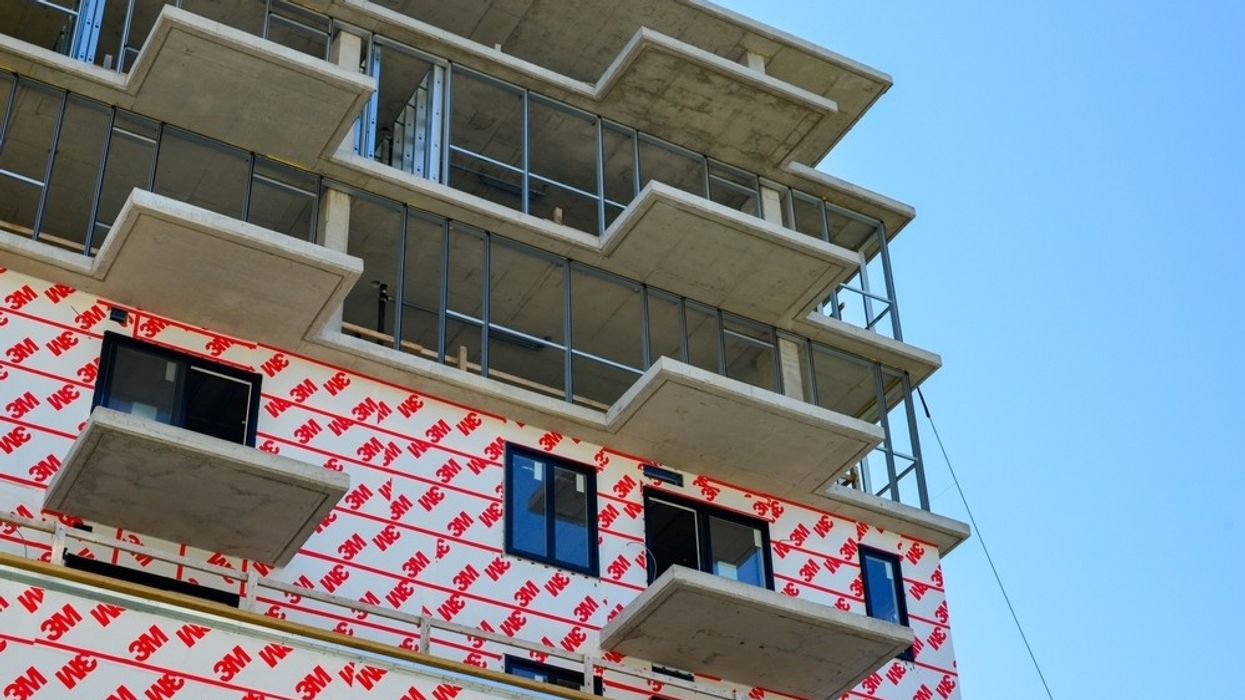Canadian housing starts saw nominal movement in August, the Canada Mortgage Housing Corporation (CMHC) reported on Monday.
The monthly seasonally adjusted annual rate (SAAR) of total starts fell 1% to 252,787 units (compared to 255,232 units in July). Meanwhile, the six-month moving average of the monthly SAAR edged up just 0.8% month over month to 244,507 units (compared to 242,552 units in July).
Bob Dugan, Chief Economist for CMHC, noted that both the SAAR and the six-month trend were more or less “flat” in August relative to the month prior.
“Total housing starts are under pressure in 2023,” said Dugan. “The one bright spot in Canada has been multi-unit starts which have helped offset significant declines recorded in single-detached starts in all provinces this year.
“Market intelligence suggests multi-unit projects started during the busy summer months were likely financed a few months prior, so the full effect of higher interest rates on construction activity remains to be seen.”
Speaking specifically to urban centres — those with populations of at least 10,000 — the monthly SAAR of housing starts slipped 1% to 233,075 units last month. Multi-unit urban starts also fell 1% to 191,250 units, and conversely, single-detached urban starts rose 2% to 41,825 units.
The government agency also reported on Monday that Toronto and Vancouver’s SAAR of housing starts were down 20% and 12%, respectively, last month. Montreal, on the other hand, saw an increase of 41%, attributed to a 48% increase in multi-unit starts.
“Toronto and Vancouver have been performing well this year compared to last,” noted CMHC. “Actual 2023 year-to-date housing starts were 28% and 47% higher, respectively, than the same period in 2022. As a result, Ontario and British Columbia are the only provinces with positive year-to-date housing starts in Canada.”
The rural starts monthly SAAR was estimated at 19,712 units, CMHC also said.
In a report from this morning, TD Economist Rishi Sondhi said that Canadian housing starts “continue to run at a healthy clip that's roughly 20% above pre-pandemic norms.”
He added that this highlights the resilience of homebuilding despite headwinds posed by high interest rates and labour shortages.
“Past gains in demand are driving homebuilding, with support coming from elevated prices and low levels of unsold inventories,” wrote Sondhi.
“Moving forward, we think that starts will trend lower towards the end of this year and into 2024, as last year's weakness in home sales filters through to residential construction activity. That said, the federal government and several provinces' decision to drop the GST/HST on purpose-built rental construction could lift activity going forward.”





















